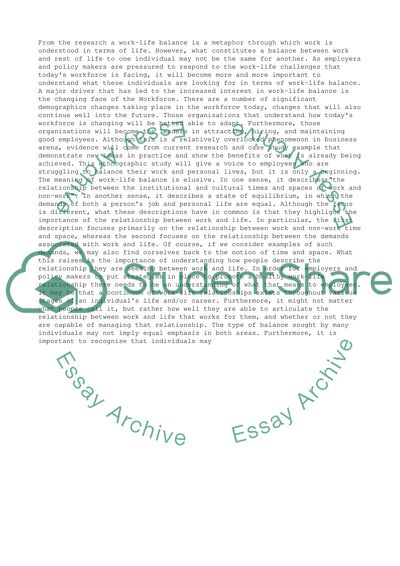Cite this document
(“Work Life Balance Essay Example | Topics and Well Written Essays - 2750 words”, n.d.)
Retrieved from https://studentshare.org/management/1394356-work-life-balance
Retrieved from https://studentshare.org/management/1394356-work-life-balance
(Work Life Balance Essay Example | Topics and Well Written Essays - 2750 Words)
https://studentshare.org/management/1394356-work-life-balance.
https://studentshare.org/management/1394356-work-life-balance.
“Work Life Balance Essay Example | Topics and Well Written Essays - 2750 Words”, n.d. https://studentshare.org/management/1394356-work-life-balance.


